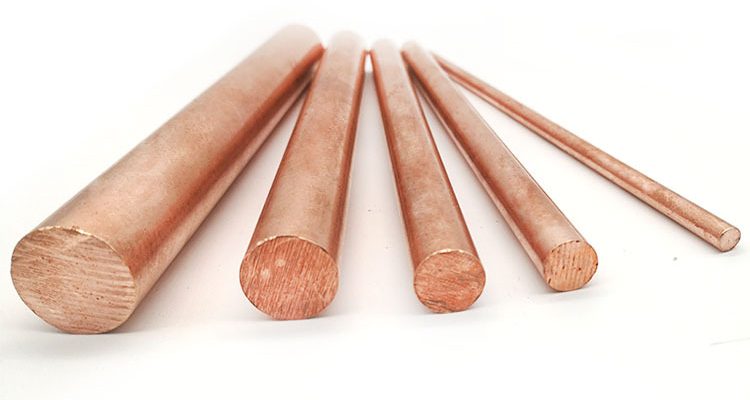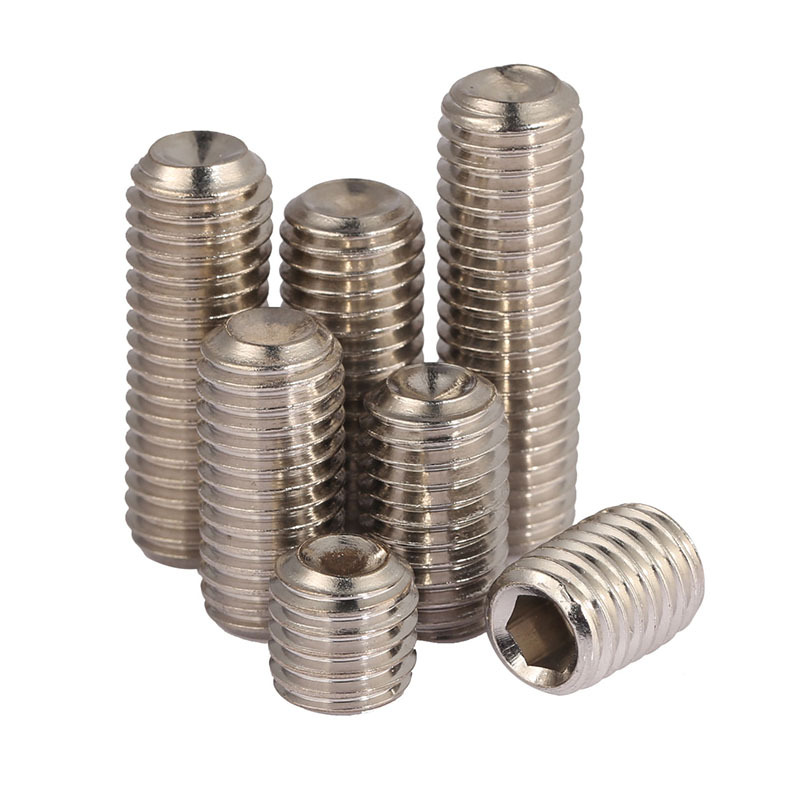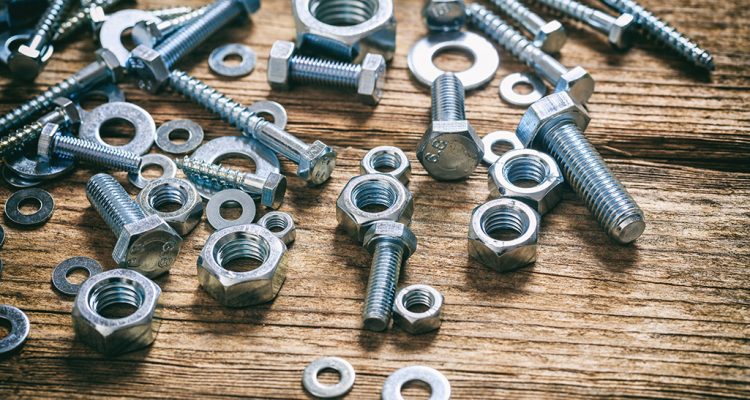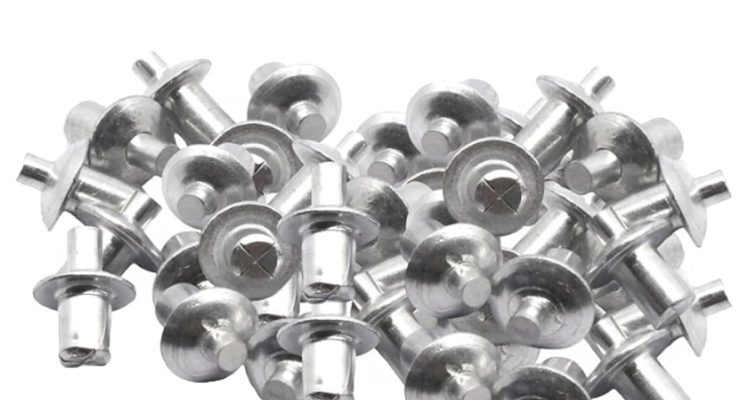
What are the differences between press-in standoffs and press fit threaded standoffs
Press-in standoffs offer quick, one-step installation for soft materials, while press-fit threaded standoffs provide adjustable, secure mounting for hard surfaces and heavier loads.
Introduction
Standoffs are essential components used in various branches of the industrial sector to separate two surfaces or create support for electrical apparatus. Their application in multiple assembly projects cannot be overlooked based on the numerous advantages standoffs bring into play. This paper explains the notion of standoffs and their application.
Standoff – a Definition and Application
In general, a standoff is a kind of cylindrical or threaded fastener able to mount or space an object from a definite distance to the surface. The main applications of standoffs are in electrical enclosures and signs or display installation. In the electronics industry, standoffs are critical components that keep circuit boards and their housings from shorting by creating a definite space between the two. Simultaneously, stud and nut applications are meant for fastening and securing the object, but unlike them, standoffs have a length. Studs and nuts and one main function and inability to space things as a regular change.
Types of Standoffs and Application
Standoffs are divisible into several types: threaded standoffs, where the thread is screwed into pre-drilled holes, is one of the most securable and adjustable types applicable for a wide range of projects. Press-fit standoffs are placed into the pre-drilled holes by pressing, which is less adjustable but quick installation, commonly used in softer metals. Finally, snap-in standoffs require no tools, an essential feature in signs or displays, as simplicity and visual looks are critical for this type of installation.
Conclusion

Grade 12.9 M6 Alloy
Thus, standoffs play a role in spacing and creating a definite distance between the object and the fastening surface, making them an essential player in various assembly projects.
Press-In Standoffs: An Overview
How It Works
The process of installing a press-in standoff is relatively simple and practical. The size of the hole in the PCB or panel is slightly smaller than the outside diameter of the standoff. By applying pressure and carefully inserting the standoff into the hole, it expands and grips the sides of the hole. Mechanical interference ensures a strong grip without any need for glue or additional fastening materials.
Advantages
There are several advantages to using press-in standoffs in an assembly. First, they allow for an easy and fast installation, do not require any tools or time-consuming procedures. Additionally, the standoffs provide adequate support for the materials and are sturdy enough to prevent any mild vibration from affecting the mounting outcome.



